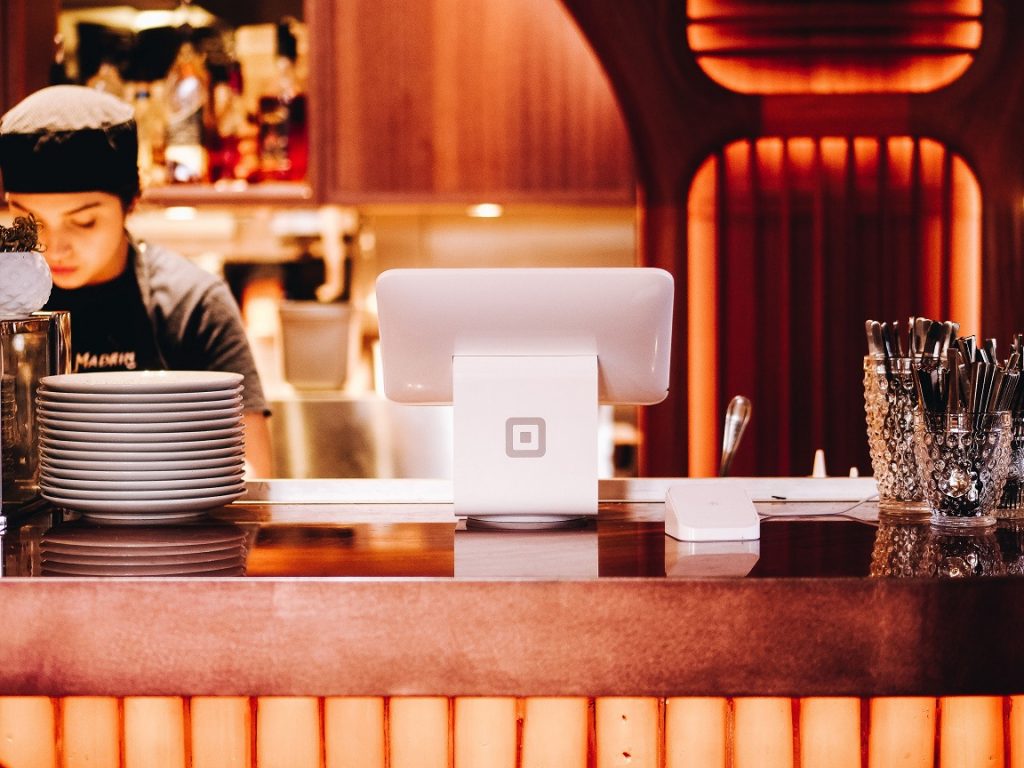Savor Authentic Oriental Food With a Pan-Asian Spin for a Cooking Experience
Starting a cooking trip with authentic Eastern cuisine, boosted with a Pan-Asian twist, supplies an one-of-a-kind chance to explore the rich tapestry of flavors that specify the area's varied cooking traditions. This experience invites you to relish the exquisite balance of preferences-- wonderful, salted, spicy, and sour-- harmonized by aromatic natural herbs and spices. Picture the innovative combination of Thai curry and ramen or the unforeseen delight of sushi burritos. As you consider these attracting meals, think about the cultural narratives and historical influences that shape them, each bite providing a story waiting to be discovered.

Checking Out Pan-Asian Tastes
In the realm of global gastronomy, Pan-Asian cuisine attracts attention for its exceptional diversity and the unified interplay of tastes from numerous Eastern societies. This culinary approach celebrates the one-of-a-kind ingredients and rich traditions discovered across the continent, creating a tapestry of preferences that is both interesting and gratifying. Key to Pan-Asian cuisine is its capacity to balance contrasting flavors-- pleasant, salty, spicy, and sour-- while highlighting the freshness and high quality of each ingredient.
From the umami-rich soy sauce of Japan to the fiery chili peppers of Thailand, Pan-Asian food uses a considerable combination of tastes. These aspects are usually combined in creative methods, improving dishes with layers of complexity. For example, making use of aromatic herbs such as lemongrass and cilantro, common in Vietnamese and Thai food, includes a revitalizing illumination to meals, while the consolidation of coconut milk provides a velvety, abundant appearance.
The emphasis on fresh fruit and vegetables and aromatic spices ensures that each meal is not just a banquet for the preference buds however also for the detects. Pan-Asian cuisine welcomes restaurants to start a culinary trip, exploring the vast and varied landscapes of Eastern gastronomy with every bite.
Combination Meals to Try
While Pan-Asian cuisine is celebrated for its traditional tastes, the modern-day cooking landscape is increasingly embracing fusion dishes that blend these traditional components with impacts from other areas. This cutting-edge technique not only honors the rich heritage of Eastern culinary arts yet additionally presents unique preference experiences that interest contemporary tastes.
An archetype of such a fusion meal is the Korean-Mexican taco, where seasoned bulgogi beef is covered in a cozy tortilla, covered with kimchi and a zesty gochujang-infused salsa. This combination marries the vibrant, savory tastes of Korea with the lively, fresh aspects of Mexican cuisine. Likewise, sushi burritos have actually gotten popularity, joining together the delicate virtuosity of Japanese sushi with the hearty, hand-held comfort of a burrito, frequently including fusion ingredients like tempura shrimp and avocado with a drizzle of wasabi mayo.
Another significant recipe is Thai curry ramen, which infuses the velvety, aromatic seasonings of Thai curry into the comforting broth of standard Japanese ramen, developing a harmonious blend that entices the senses. These fusion recipes extend beyond mere novelty; they represent a cooking dialogue in between cultures, motivating expedition and technology on the planet of Pan-Asian food.
Crucial Active Ingredients and Spices
To absolutely appreciate Pan-Asian cuisine, one have to recognize the essential ingredients and spices that form its structure. This varied culinary design attracts from an abundant tapestry of Eastern practices, utilizing an unified blend of tastes and structures. Secret ingredients include soy sauce, fish sauce, and oyster sauce, which impart a mouthwatering umami deepness necessary to Oriental recipes. Complementary to these are rice vinegar and mirin, offering a fragile level of acidity and sweetness.
Aromatic elements are essential, with ginger, garlic, and lemongrass being common across numerous Pan-Asian dishes. These active ingredients offer a great smelling base that enhances the intricacy of flavors. Flavors such as celebrity anise, cardamom, and cinnamon introduce warmth and character, echoing influences from regions like China and India.

Food Preparation Methods and Tips
Grasping the art of Pan-Asian cuisine calls for knowledge with its distinctive food preparation methods, each adding to the vivid tapestry of tastes this cooking custom is commemorated for. Central to these approaches is the stir-fry, a fast cooking technique that preserves the dietary honesty and dazzling shades of ingredients. Making use of a wok, the stir-fry technique enables also warmth circulation, necessary for attaining the characteristic appearance and flavor balance of Pan-Asian dishes.
Another basic technique is steaming, particularly common in Chinese cuisine. This mild technique maintains the natural tastes and nutrients of ingredients, making it excellent for seafood and veggies. Dumplings, a cherished staple, usually take advantage of steaming, leading to soft, delicious textures.
Cooking, also integral, passes on smoky depths to dishes such as Oriental bulgogi or Japanese yakitori (pan asian restaurant Islamabad). This strategy typically includes marinating ingredients, enabling flavors to penetrate deeply before cooking over an open flame or hot plate
Last but not least, understanding the art of balancing tastes-- sweet, sour, salted, bitter, and umami-- is essential. Appropriately layering these components can elevate a check this site out meal from ordinary to phenomenal, supplying a complex and pleasing culinary experience that personifies the essence of Pan-Asian cuisine.
Dining Experiences Worldwide
Throughout the globe, Pan-Asian food provides an exceptional eating experience, celebrated for its abundant tapestry of flavors and lively presentations. This cooking phenomenon has actually transcended social limits, capturing the hearts and tastes of food fanatics worldwide. In worldwide cities like New York, London, and Sydney, Pan-Asian dining establishments act as fusions where cooking customs from Thailand, Japan, China, and past assemble, giving restaurants with an eclectic mix of dishes that highlight the region's diversity.
The international appeal of Pan-Asian cuisine lies in its capacity to supply both authenticity and development. Cooks masterfully wed traditional ingredients such as lemongrass, soy sauce, and miso with contemporary methods, causing recipes that are both refreshingly new and familiar. This combination enables diners to begin on a culinary journey that appreciates heritage while accepting modernity.
Furthermore, dining experiences are boosted via attentively created environments that reflect the ethos of Pan-Asian aesthetics. From minimalist Japanese-inspired interiors to dynamic Thai-themed areas, each dining establishment uses a distinct ambiance that matches the culinary offerings. Because of this, patrons are not merely taking in a dish however partaking in a cultural experience, making Pan-Asian dining a truly international sensation.
Verdict
The exploration of Pan-Asian food provides a profound understanding of the complex interaction of tastes and cooking traditions throughout Asia. By embracing fusion meals such as Thai curry ramen and sushi burritos, the culinary trip not just highlights the versatility of typical ingredients yet also showcases ingenious contemporary techniques. This gastronomic adventure, enriched by cooking methods and necessary seasonings, gives an one-of-a-kind chance to value the multiculturalism and culinary creativity that define Pan-Asian food on a worldwide scale.
Embarking on a cooking trip via genuine Asian food, enhanced with a Pan-Asian spin, uses a distinct possibility to discover the abundant tapestry of flavors that specify the region's varied culinary practices.In the world of global gastronomy, Pan-Asian food stands out for its amazing variety and the other unified interplay of tastes from various Oriental societies. Trick to Pan-Asian food is its ability to balance different flavors-- wonderful, salty, spicy, and sour-- while highlighting the quality and high quality of each active ingredient.
